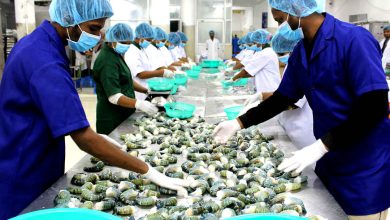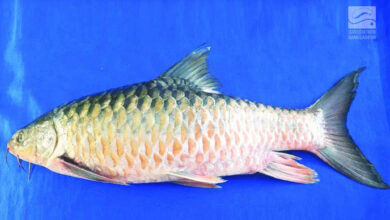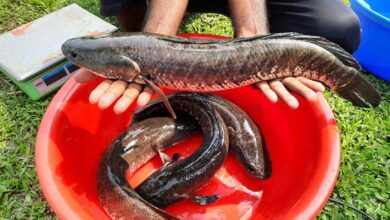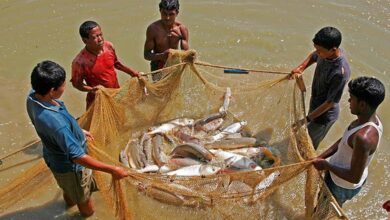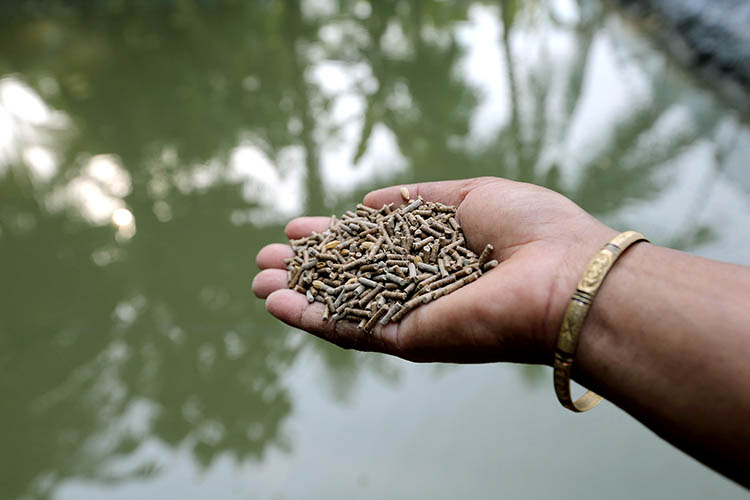
The industry of fish cultivation with the fastest global growth is “Aquaculture”. Commercial fish farming or aquaculture turns out to be a necessary means to meet the global demand for proteins. Now, aquaculture is on the rise around the world and provides people in low GDP nations access to wholesome protein while easing the burden on wild fish.
Aquaculture has become very popular among farmers in Bangladesh as well. Farmers run this practice throughout the year. But in the winter season fish requires an extra care. Fish may develop fungal, bacterial or parasite conditions such as argulosis, fin rot and gill rot during the winter.
Main causes and consequences of the wrong steps in fish cultivation during winter:
Water has a significant role to determine the success of an aquaculture project. Fish productivity is influenced by a combined dynamic network of physical, biological and chemical elements that make up water quality.
Temperature is the most significant factor affecting the water quality. It is a crucial abiotic factor because it influences all of the fish’s physiological and metabolic processes, including their nutrition, growth, reproduction, and behavior. The entire water column becomes frigid in shallow areas, which affects the fish and can be lethal.
The most important effect of the winter is a decrease in metabolism, which makes fish less active and less hungry since their metabolic functions, including respiration, digestion and excretion are reduced. Fish become less ravenous as a result, feeding less frequently or even ceasing altogether. Because it slows or prevents fish growth, this fasting is bad for fish farmers in aquaculture. Fish consume less food when the temperature drops because their digestive systems grow slower. Therefore, depending on the temperature, it is imperative to reduce the feeding rate by 50–75%.
Unused excess feed builds up as a sediment at the bottom of the pond and is not consumed, lowering the quality of the water because of increasing carbon content.
Oxygen levels in ponds fall due to decreased photosynthetic activity as day duration and light intensity also decrease during the winter. Continuous cloudy days make the situation even worse.
Management practices to protecting your fish:
In light of this, aquaculturists must take precautions over the colder months to prevent their losses in aquaculture operations.
Farmers must maintain a maximum depth of 6 feet of water so that fish have adequate room to have their “winter rest” in the warmer bottom zone.
Warm aeration is an option for water ponds that are maintained with a high density of spawners or aquatic species of great economic importance. This technique, or the use of water heating to raise the ambient water temperature in fish rearing ponds, increases both oxygen and heat to the aquatic environment.
Farmers are encouraged to aerate their ponds by using aerators or adding fresh water, especially in the morning. Supplementing the feed with chemicals, such as immunomodulatory, becomes quite helpful in this situation. They significantly improve fish respiratory and intestinal health.
It is advisable to stop feeding if the temperature goes below 10°C. Low protein diets should be provided to fish during winter season.
In order to ensure the health of the fish through better feed optimization on lower metabolism, avoiding the wastage of feed in the pond is necessary. To allow the different species of fish to cope with the challenges posed by changes in environmental temperature during the winter, it is crucial that the fish farmer takes certain measures to adapt the management of aquatic animals to low temperatures.
As the rate of decomposition of organic manures drops due to inadequate microbial activity during winter, it is also required to limit or cease adding organic manures such as cow dung, chicken droppings in the pond.
Aquaculture necessitate additional attention from farmers over the winter. Therefore, farmers should follow some management practices for their fish culture system to increase profits while reducing risk.
Farhana Islam
Agriculturist, Researcher

